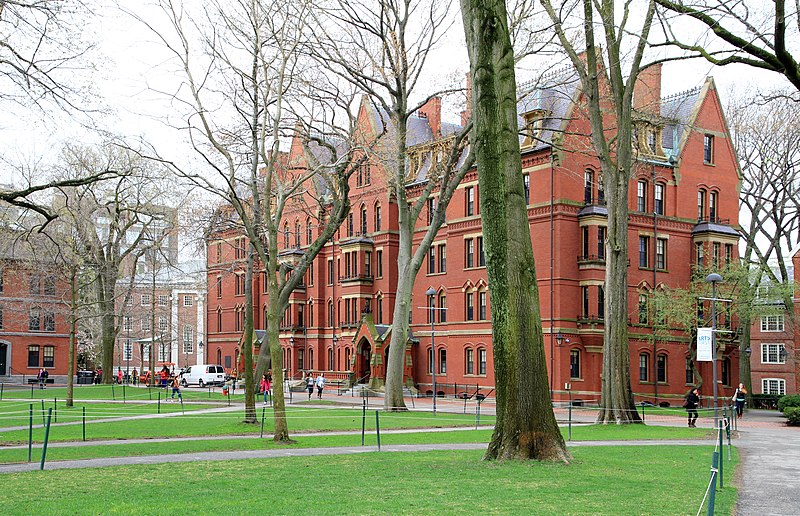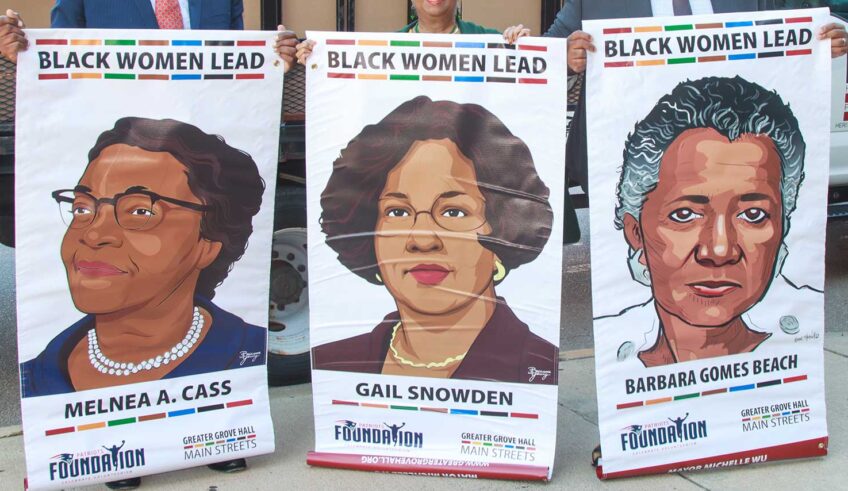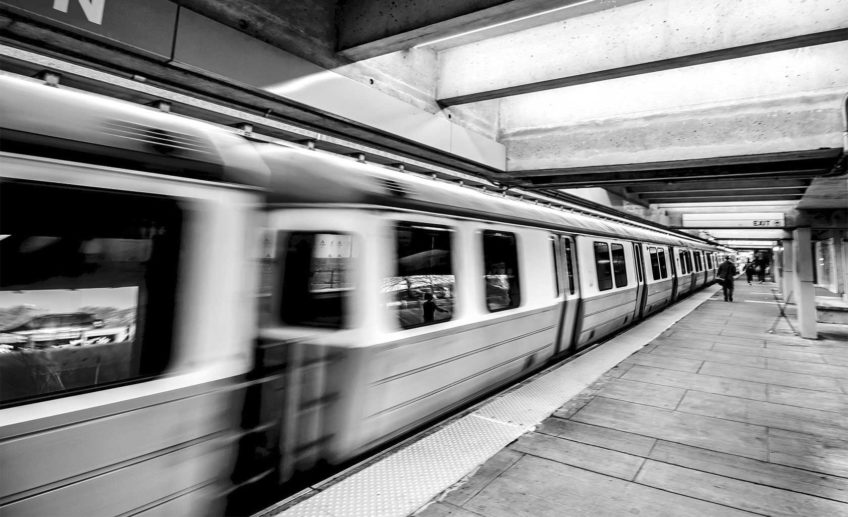
Some 45 years ago, I was a young Asian American college student in California, who worked with Chicano/Latino and Black students statewide to protest the first major attack on minority admissions. This grew out of a lawsuit by a rejected white applicant to UC Davis named Allan Bakke, who charged that he had suffered “reverse discrimination” due to the Special Admissions program. In 1978, so many Asian American college students realized that an attack on affirmative admissions programs would be a setback for Asian Americans that the struggle against the Bakke Decision was core to founding a California statewide intercollegiate network, called the Asian Pacific Student Union.
Today, the US Supreme Court is considering the cases of Students for Fair Admissions against Harvard University and the University of North Carolina, both brought by longtime anti-affirmative action activist Edward Blum, who has used the argument of protecting Asian American students as his rationale.
As an Asian American who cares about advancing equity and civil rights, I made a list of a few important things for my fellow community members to keep in mind as this story unfolds.
Asian Americans only entered college in large numbers after special admissions programs began. This fact was clearer to us in the 1970s, when we could still recall the days of the Civil Rights Movement and the Third World Strikes that opened up college campuses to communities of color across the country; the population of Asian American college students rose from 16,000 nationwide in 1960 to 250,000 by 1980. The Model Minority Myth, the narrative that Asian Americans have pulled ourselves up by our bootstraps with no outside assistance, is deliberately promoted to oppose equity-oriented policies.
The vast majority of Asian American students attend public colleges. Today, 7.1% of college students identify as Asian or Asian American, and three quarters of these attend public colleges and universities, in rough parity with the US Asian American population. This stands in contrast to the “overrepresentation” of Asian Americans at Harvard, and points to an overemphasis on the elite institutions.
Understanding the polarized class makeup of Asian American communities is critical to understanding inequality. Shifts in immigration policy have contributed to a swell in the Asian American upper classes, which is flocking to private prep schools and hyper-focused on gaining admission to the elite universities. In 2017, 30.7% of Asian Americans aged 25 and older had attained a Bachelor’s Degree, compared to 15.3% of the Black and 12.2% of the Hispanic population.
Equity is a social, not an individual, concept, that focuses not only on the past but the present and future. Too often, Asian American students and parents may focus on one’s individual SAT score and Grade Point Average to argue that an individual deserves admission. But affirmative action or special admissions programs are needed to address worsening social inequalities today, which are rooted in centuries of institutional racism. These programs are most needed by underrepresented Black and Latinx communities but should also benefit disadvantaged Asian American students, not the wealthy elite that has become expert at gaming the system.
What is a progressive approach to the apparent Bamboo Ceiling? A comparison of Asian American admissions at elite Ivy Leagues as compared to other colleges does indicate the presence of a “bamboo ceiling” in some of the elite colleges and universities. But why should Asian Americans oppose minority admissions, which paved the way for our communities’ entry to college and continues to open up opportunities for the underrepresented? Legacy admissions, which gives preference to the children of alumni, made up over 29 percent of Harvard’s Class of 2021. The New York Times found that at 38 elite colleges, there are more students from the top 1 percent than from the entire bottom 60 percent of the economic ladder.
Asian Americans who are committed to civil rights and equity for all must keep our focus on fighting racial and economic inequality together with other communities of color. We cannot allow ourselves to be used as a wedge by conservative forces seeking to undermine educational access, employment opportunities, and a political voice for communities of color.
Lydia Lowe is a graduate of UMass/Boston, the only four-year Asian American and Native American Pacific Islander-Serving Institution in the Commonwealth.






